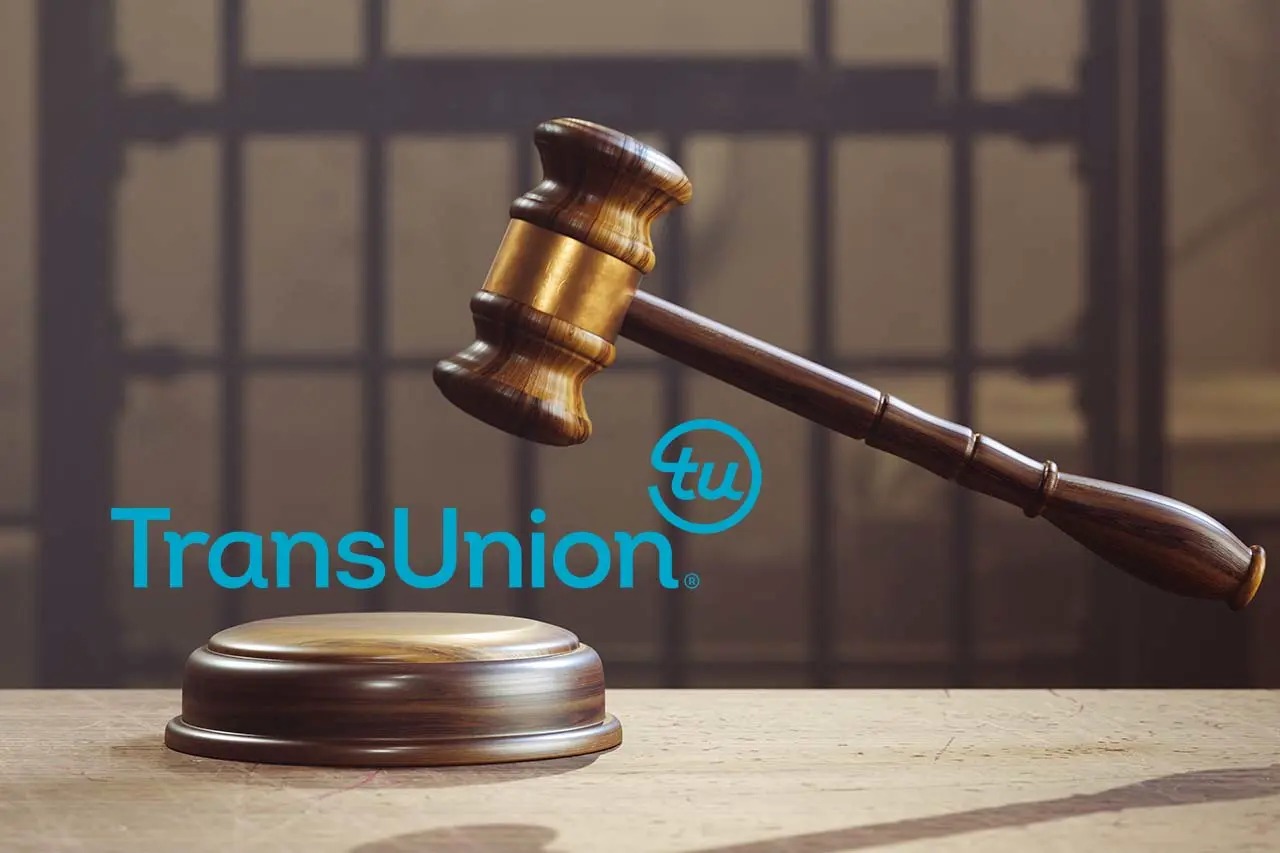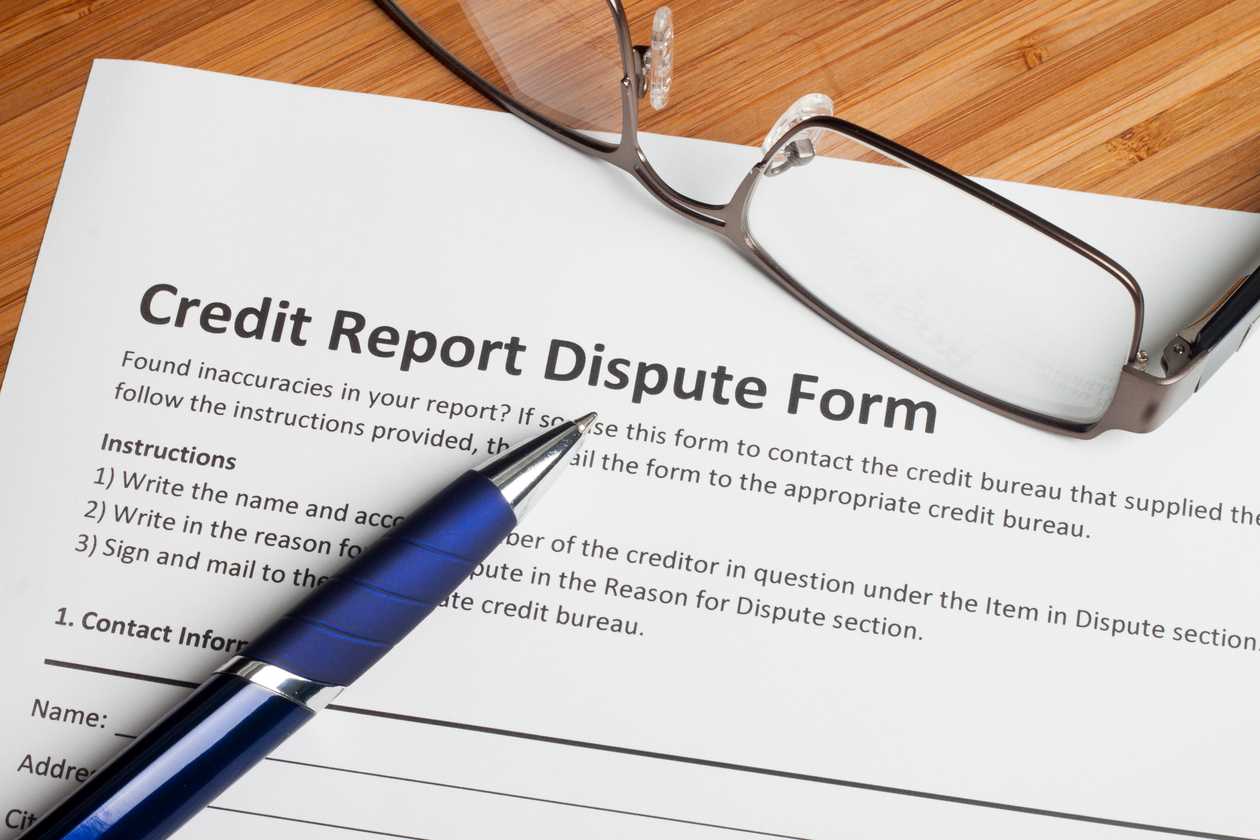

Finance
How To Dispute A Credit Inquiry On Transunion
Published: March 4, 2024
Learn how to dispute a credit inquiry on TransUnion and improve your financial health. Take control of your finances with our step-by-step guide.
(Many of the links in this article redirect to a specific reviewed product. Your purchase of these products through affiliate links helps to generate commission for LiveWell, at no extra cost. Learn more)
Table of Contents
Introduction
Understanding how credit inquiries affect your credit score and financial standing is crucial for maintaining a healthy credit profile. When it comes to disputing a credit inquiry on TransUnion, it's essential to navigate the process with precision and understanding. This comprehensive guide will walk you through the steps involved in disputing a credit inquiry on TransUnion, providing you with valuable insights and actionable strategies to address inaccuracies on your credit report.
Navigating the intricacies of credit inquiries, particularly on TransUnion, demands a clear understanding of the underlying principles and procedures. By delving into the nuances of this process, you can equip yourself with the knowledge needed to dispute credit inquiries effectively, ultimately safeguarding your financial well-being.
In the following sections, we will explore the fundamental aspects of credit inquiries, review the process of accessing your TransUnion credit report, discuss the importance of gathering evidence to support your dispute, and outline the steps involved in initiating and following up on the dispute process. By the end of this guide, you will have a comprehensive understanding of how to dispute a credit inquiry on TransUnion, empowering you to take control of your credit report and financial future.
Understanding Credit Inquiries
Credit inquiries, also known as credit pulls or credit checks, occur when a third party requests to view your credit report. These inquiries can be categorized into two types: hard inquiries and soft inquiries.
Hard Inquiries:
- Initiated when you apply for credit, such as a mortgage, auto loan, or credit card.
- Can impact your credit score and remain on your credit report for up to two years.
- Multiple hard inquiries within a short timeframe may signal to lenders that you are a higher credit risk.
Soft Inquiries:
- Generally occur when a company checks your credit as part of a background check, or when you check your own credit report.
- Do not affect your credit score and are not visible to lenders reviewing your credit report.
- May appear on your credit report but are only visible to you.
Understanding the distinction between hard and soft inquiries is pivotal in assessing their impact on your credit standing. Hard inquiries, in particular, can influence your credit score and may raise concerns for potential lenders, making it crucial to monitor and address any inaccuracies associated with these inquiries.
When it comes to disputing a credit inquiry on TransUnion, comprehending the nature of the inquiry and its potential effects on your credit score is the first step in the dispute process. Armed with this knowledge, you can confidently proceed to review your TransUnion credit report and take the necessary steps to address any erroneous inquiries that may be adversely impacting your credit profile.
Reviewing Your Transunion Credit Report
Before disputing a credit inquiry on TransUnion, it is imperative to obtain and thoroughly review your TransUnion credit report. You are entitled to a free copy of your credit report from TransUnion once every 12 months, which can be requested through the official Annual Credit Report website. Additionally, if you have recently been denied credit, employment, or insurance based on information in your TransUnion credit report, you are eligible for a free copy of the report.
Upon receiving your TransUnion credit report, carefully examine the section that details credit inquiries. This section provides a comprehensive list of entities that have accessed your credit report, including both hard and soft inquiries. Take note of each inquiry, paying close attention to the date, the name of the inquiring entity, and the reason for the inquiry.
As you review the inquiries on your TransUnion credit report, consider the following:
- Verify that you recognize and authorized each hard inquiry listed.
- Ensure that any inquiries related to credit applications or transactions you did not initiate are thoroughly examined.
- Identify any inaccuracies, such as duplicate inquiries or inquiries from unfamiliar entities.
By meticulously assessing your TransUnion credit report, you can identify any discrepancies or unauthorized inquiries that warrant further investigation and potential dispute. This proactive approach empowers you to address inaccuracies promptly, safeguarding the integrity of your credit profile and financial reputation.
Armed with a comprehensive understanding of the inquiries listed on your TransUnion credit report, you are better positioned to gather the necessary evidence to support your dispute and initiate the dispute process with confidence and precision.
Gathering Evidence to Dispute the Inquiry
When disputing a credit inquiry on TransUnion, the strength of your case hinges on the evidence you can gather to support your claim. To effectively challenge an inaccurate credit inquiry, it is essential to compile compelling evidence that substantiates your dispute. The following steps can guide you in gathering the necessary evidence:
- Review Documentation: Retrieve any relevant documentation associated with the disputed inquiry, such as credit application records, correspondence with the creditor or lender, and any supporting paperwork that validates your claim.
- Check Communication Records: If you have communicated with the entity that initiated the inquiry, ensure that you retain records of these interactions, including emails, letters, or notes from phone conversations.
- Monitor Credit Monitoring Services: Utilize credit monitoring services to track and document changes in your credit report, including any unauthorized inquiries or discrepancies that may arise.
- Collect Supporting Statements: Obtain written statements from any relevant parties, such as individuals who can attest to your credit application history or confirm the absence of your authorization for the disputed inquiry.
By diligently gathering and organizing the evidence pertinent to the disputed credit inquiry, you bolster the validity of your dispute and enhance the likelihood of a favorable resolution. This proactive approach demonstrates your commitment to rectifying inaccuracies on your credit report and fortifies your position when engaging in the dispute process with TransUnion.
Furthermore, maintaining a comprehensive record of the evidence gathered serves to substantiate your case should the dispute necessitate further escalation or legal recourse. Empowered with compelling evidence, you are poised to navigate the dispute process with confidence, ensuring that your credit report accurately reflects your credit history and financial activities.
Initiating the Dispute Process
Once you have meticulously reviewed your TransUnion credit report and gathered the necessary evidence to support your dispute, the next crucial step is initiating the dispute process with TransUnion. This process involves formally challenging the accuracy of the disputed credit inquiry and providing the supporting evidence to substantiate your claim. Here’s a comprehensive guide to navigating the dispute process:
- Online Dispute: TransUnion offers an online dispute resolution platform, enabling you to submit your dispute electronically. This streamlined process allows you to upload supporting documentation and provide a detailed explanation of the inaccuracies you are contesting.
- Provide Detailed Explanation: When disputing the credit inquiry, ensure that you articulate a clear and concise explanation of the inaccuracies, citing specific details and referencing the supporting evidence you have gathered. This clarity strengthens your case and facilitates a thorough review by TransUnion.
- Attach Supporting Documents: Upload the gathered evidence, including documentation, communication records, and supporting statements, to corroborate your dispute. Clearly label and organize the attachments to facilitate a comprehensive assessment by TransUnion’s dispute resolution team.
- Request Confirmation: Upon submitting your dispute, request confirmation of receipt from TransUnion to ensure that your dispute has been successfully lodged and is in the queue for review.
By proactively engaging in the dispute process and presenting a compelling case supported by thorough documentation, you position yourself for a favorable resolution. It is essential to monitor the progress of your dispute and maintain open communication with TransUnion to address any additional requests for information or clarification promptly.
Initiating the dispute process with precision and diligence underscores your commitment to rectifying inaccuracies on your credit report, ultimately safeguarding the integrity of your credit profile and financial standing. Your proactive approach sets the stage for a thorough review by TransUnion, paving the way for a resolution that aligns with the accuracy of your credit history.
Following Up on Your Dispute
After initiating the dispute process with TransUnion, it is crucial to maintain proactive engagement and follow up on the progress of your dispute. This diligent approach ensures that your case receives thorough consideration and allows you to address any additional inquiries or requests for information from TransUnion’s dispute resolution team. Here are essential steps to effectively follow up on your dispute:
- Monitor Communication Channels: Regularly check your email and any communication channels established with TransUnion to stay informed about the status of your dispute. Promptly respond to any requests for clarification or additional documentation to expedite the resolution process.
- Document Interactions: Maintain detailed records of all interactions with TransUnion, including dates of communication, the names of representatives involved, and a summary of the discussions. This documentation serves as a valuable reference and ensures accountability throughout the dispute resolution journey.
- Request Timely Updates: If the resolution of your dispute extends beyond the expected timeframe, proactively reach out to TransUnion to request updates on the status of your case. Clear communication reinforces your commitment to resolving the inaccuracies on your credit report.
- Address Resolution Outcomes: Upon receiving a resolution from TransUnion, thoroughly review the outcome to confirm that the disputed credit inquiry has been accurately addressed. If the resolution aligns with your dispute, ensure that the necessary corrections are reflected in your updated credit report.
By maintaining active involvement and attentiveness throughout the dispute process, you demonstrate a steadfast commitment to rectifying inaccuracies on your credit report and safeguarding the integrity of your credit profile. Your proactive approach serves as a testament to your dedication to upholding the accuracy of your credit history and financial standing.
Following up on your dispute with diligence and persistence positions you to achieve a resolution that aligns with the accuracy of your credit report, ultimately empowering you to maintain a robust and reliable financial reputation.
Conclusion
Disputing a credit inquiry on TransUnion demands a comprehensive understanding of the intricacies involved in the process, from reviewing your credit report to gathering evidence and navigating the dispute resolution journey. By equipping yourself with the knowledge and strategies outlined in this guide, you are empowered to address inaccuracies on your credit report with confidence and precision.
Understanding the nuances of credit inquiries, distinguishing between hard and soft inquiries, and comprehensively reviewing your TransUnion credit report are foundational steps in identifying and addressing erroneous inquiries that may impact your credit standing. By meticulously gathering compelling evidence to substantiate your dispute, you strengthen the validity of your case and enhance the likelihood of a favorable resolution.
Initiating the dispute process with TransUnion and proactively following up on the progress of your dispute underscore your commitment to rectifying inaccuracies and safeguarding the integrity of your credit profile. Your proactive engagement sets the stage for a thorough review and resolution that aligns with the accuracy of your credit history, ultimately preserving your financial reputation.
As you navigate the dispute process, remember that persistence and attentiveness are key attributes that can contribute to a successful resolution. By maintaining open communication with TransUnion and promptly addressing any requests for information or clarification, you demonstrate your dedication to upholding the accuracy of your credit report.
In conclusion, the process of disputing a credit inquiry on TransUnion is a proactive endeavor aimed at ensuring the precision and integrity of your credit report. Armed with the insights and strategies presented in this guide, you are well-prepared to navigate the dispute process effectively, ultimately safeguarding your financial well-being and maintaining a reliable credit profile.














